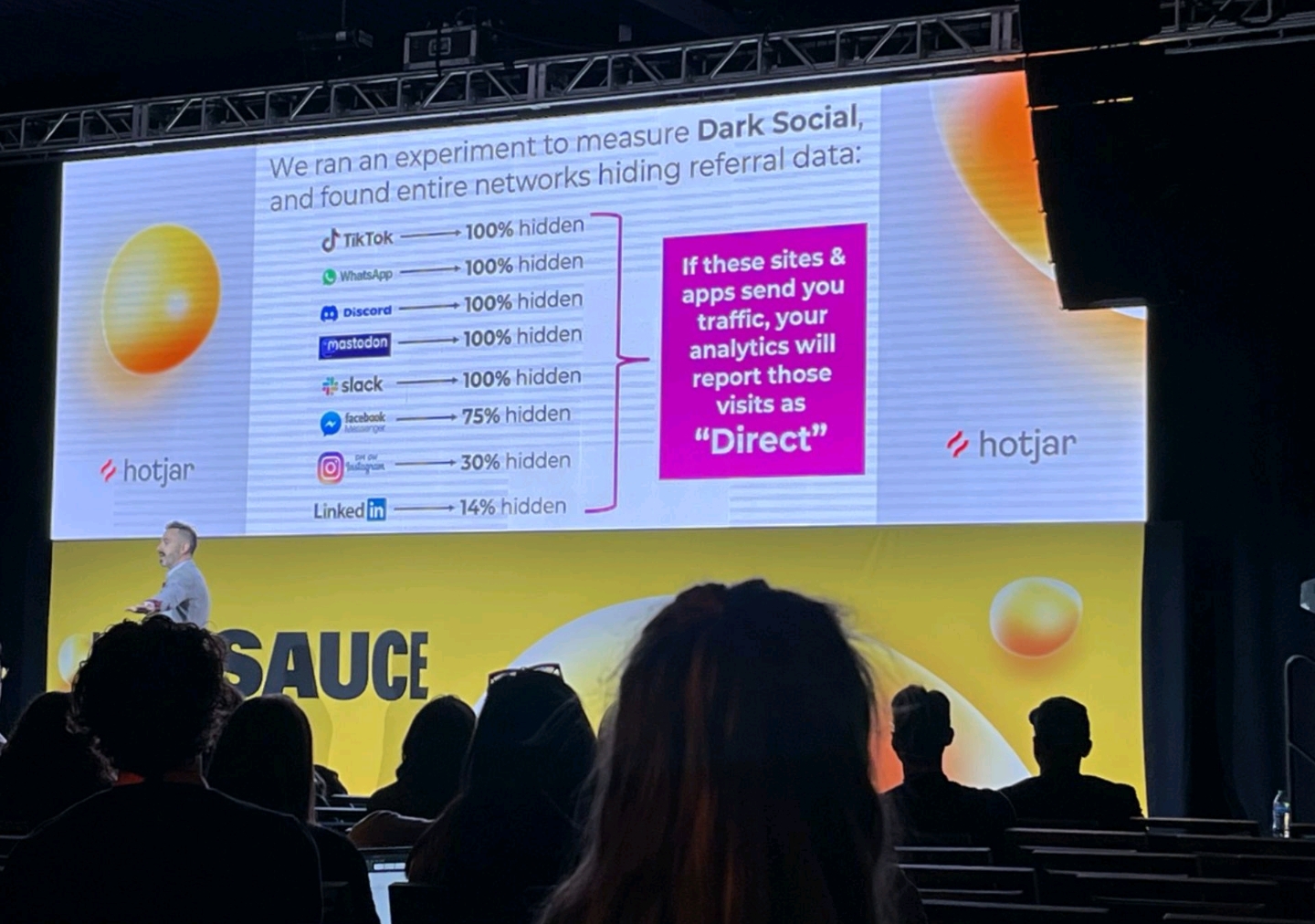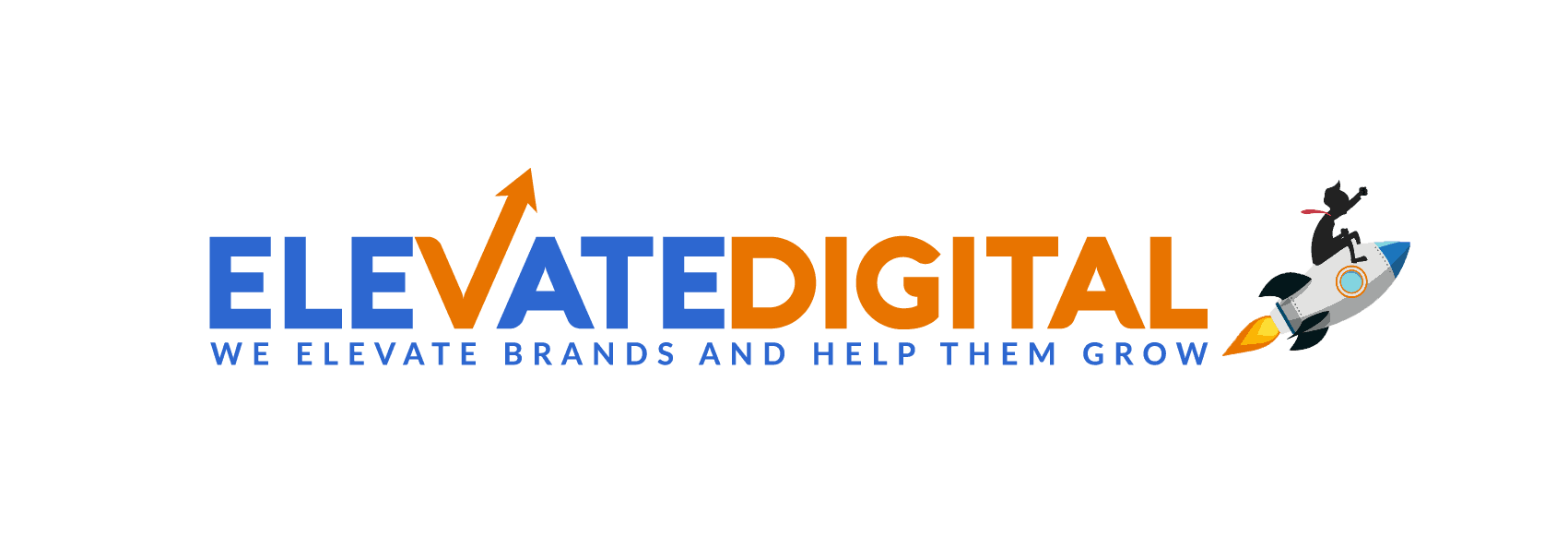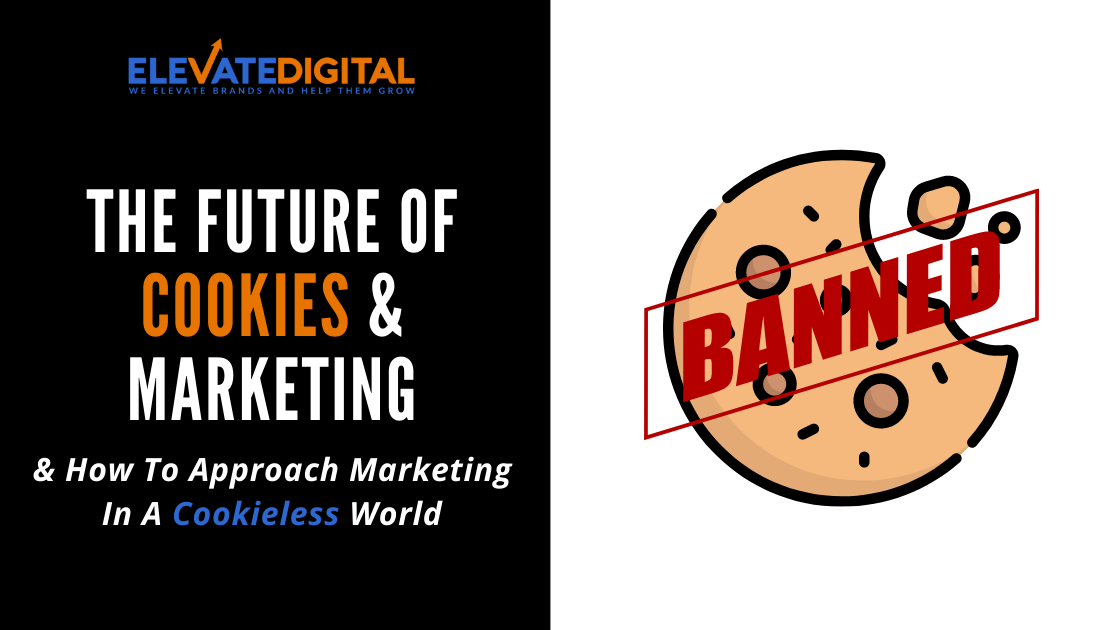In the wake of new privacy laws, many platforms are moving away from third-party cookies. This means that businesses will need to find new ways to target their audience after many years of becoming over-reliant on them…
So what does this mean for marketing?
And how can businesses adjust to this new landscape? Read on to find out.
What Does Cookieless Marketing Mean?
Since third-party cookies first came on the scene, marketers and ad platforms have been spoiled with a vast array of data that they can use to target their audience more effectively.
However, one of the downsides of this increased data collection is the risk of violating user privacy.
This pressure from the public has been building over the past few years and really hit advertisers hard when Apple announced how it would be handling third-party cookies in their notorious ios 14.5 update.
This resulted in major tracking and targeting issues on Facebook and the platform has struggled to recover since.
This is only compounded by the search giant Google now following the same path to phasing out third-party cookies in a bid to protect user-privacy.
The Plague of “Direct” Traffic
Direct Traffic has always been a marketers worst nightmare as it makes it almost impossible to understand how a visitor, lead or sale actually ended up on our site.
However, in recent years, since cookies have slowly began phasing out, traffic attributed as “direct” is only become more and more prevelant.
In fact, at the recent Hotsauce conference by Hotjar, Rand Fishkin gave a talk on platforms coined as dark social (due to their inherent difficulty to attribute) and how analytics platforms like GA4 is now showing most of these visits as “direct traffic” due to a lot of channels hiding the referral data by default.

And whilst new tools are popping up every day to aid with tracking reliability. We may be fighting a losing battle here, as things are only likely to get worse with privacy and data laws only getting tighter.
This has led to the rise of cookieless marketing, which is a way of targeting users without relying on cookies or other tracking methods.
There are mixed feelings about this, but the truth is, advertisers have had it easy for too long, and marketers have gotten lazy. Most marketers spend their time, just mindlessly pressing buttons and using tools, instead of actually finding creative solutions to growth
Removing third-party cookies means we need to become smarter and begin focusing on the core principles of advertising the right way.
This creates a HUGE opportunity for the businesses and marketers willing to put the work in and do things differently.
How will the absence of third-party cookies affect marketing attribution?
Now, let’s just get this out of the way…it doesn’t matter how many tech start-ups try to plug this gap…
Marketing attribution is going to become harder and harder in the cookieless future we’re moving toward.
However, it’s important to bear in mind that CRM-reported attribution or even specific attribution tracking software has never been a fool-proof solution.
For example, if somebody saw your company mentioned in a Reddit comment (with no links) or heard your brand mentioned on a podcast and then decides to Google you, no software can track that.
That’s why relying on first party customer data like simply putting a “where did you hear about us” form field on your high-intent forms is going to become essential.
I cover this more in my latest video here:
Another obvious benefit of cookieless marketing is that it is more privacy-friendly and consumer-focused.
Since there is no need to track users’ online activities, there is less risk of violating their privacy. This can be especially important for businesses that are handling sensitive user data, such as health information or financial records.
Additionally, cookieless marketing strategies can be more effective than traditional cookie-based approaches, since it avoids the potential for ad blockers to block cookies and prevent ads from being served.
How To Use Cookieless Marketing In Your Business?
Cookieless marketing means that marketers will have to find other ways to target and personalize their ads. So, how can we start marketing in a targeted-way, without the reliance on third-party cookies?
1. First Party Data & Building An Email List
One example is through the use of first-party data. This is data that is collected directly from the user with their explicit intent, such as through sign-ups, lead magnet downloads, webinar registrations, surveys, or loyalty programs. By collecting this data, marketers can gain insights into the user’s preferences and interests. They can then use this information to create more targeted and personalized ads. First-party data also puts the emphasis back on creating great content the user actually WANTS to see or sign up for, which in turn leads to leads with a higher level of intent.
2. Using Platform level first-party data for Retargeting.
A good example of this would be running top-of-funnel video ads on a platform like Facebook or Instagram. You can then retarget the most engaged views of those videos (say 50% or more) with traffic/conversion campaigns later down the line, since this video engagement is classed as first-party data because it happens on the platform. This method ensures that you’re not wasting your budget on people who aren’t interested. We’ve seen this performing extremely well across both LinkedIn and Facebook Ads over the past year often results in a dramatic reduction in both cost-per-click AND cost-per-acquisitions.
3. Contextual Marketing
Contextual marketing is also a great way to approach marketing without relying on cookies. By targeting users based on the content they are consuming at any given moment, great marketing teams can personalise their offers and create a more succinct user journey that leads to more conversions. For example, if I’m visiting a blog on a specific topic on your website, don’t just give me a generic CTA like most websites do. Make sure the CTA is embedded on that page and contextualised to the blog I’m reading.
4. Strategic Partnerships
Strategic partnerships can be a great way of amplifying this, by finding businesses offering complementary products or services and maybe offering affiliate commissions of referral pay-outs. However, you may need to be careful when sharing data between brands as this will obviously impact privacy policies or data policies, and naturally be subject to data laws/regulations.
The Benefits of Brand Marketing Over Cookie-Based Marketing
Brand marketing and cookie-based marketing are two terms that are often used interchangeably, but they actually refer to two very different types of marketing. Brand marketing is all about building awareness and loyalty for a specific brand, while cookie-based marketing relies on cookies to track user behaviour and provide targeted ads.
While the cookie-based type of targeted advertising can be effective, it also has its limitations. Perhaps the biggest limitation is that it is based on what a person has done in the past, rather than who they are or what they might be interested in. This is where brand marketing comes in. Brand marketing is all about building a relationship with a customer based on shared values and interests, rather than just trying to sell them a product.
It’s about creating an emotional connection that will lead to customer loyalty and repeat business. While brand marketing may not always be as immediately effective as cookie-based marketing, it is a far more sustainable approach that will ultimately lead to greater success for businesses.
Brand Marketing Vs Cookie Based Marketing
There are a few key reasons why brand marketing is superior to cookie-based marketing. First, brand marketing is more effective in building long-term loyalty and customer relationships. Second, brand marketing is less likely to be intrusive or annoying to users than cookie-based advertising.
And third, brands have more control over their message when they engage in brand marketing, as opposed to relying on cookies, which can be blocked or deleted by users. For these reasons, businesses and advertisers should shift from an overreliance on cookies to a focus on brand-building and using first party platforms like their CRM to enrich data over time.
Brand building involves creating an emotional connection with customers that goes beyond targeting and conversion rates. It could involve creating engaging content that tells a story or creating strategic partnerships and building communities. Encouraging user-generated content (UGC) can also help with your overall marketing efforts.
How Apple’s iOS 14 Update Impacted The Privacy-First Advertising Landscape
When Apple launched their iOS 14 update back in 2020, it included a number of features that are designed to protect user privacy, including a new setting that allows users to control whether or not they allow third-party cookies to be placed on their devices.
This was a significant change, as third-party cookies have been used for years by marketers and brands to track users across the web and serve them targeted ads.
By removing them, it meant that both the platforms and marketers had less data to work with. It also created a number of issues around the accuracy of marketing attribution and being able to reliably track conversions.
The first platform to feel the sting of this was Facebook/Meta, as the update meant people could opt-out of cookies when opening the app.
This privacy-first angle was undoubtably a marketing play by Apple in a bid to win-consumer trust. However, the impact is that all other major devices and platforms will inevitably now have to follow suite unless they want to get left behind.
And whilst many of our clients are still seeing highly profitable campaigns on Facebook even after the update, we’ve seen CPA’s (cost per acquisition) rising across the board due to a loss in tracking/attribution and overall targeting reliability, since much of Meta’s ‘detailed targeting’ options relied on third-party data.
It’s also worth saying, things have improved a lot over the past few years, with Meta implementing their Conversions API, conversion modelling technology, and a number of advancements in machine-learning based targeting options like Advantage+ which actually do a pretty good job at using engagement & intent signals to refine targeting over time.
Using First-Party Platform Data In A Cookieless Advertising World
Something we’ve seen working extremely well over the past few years is utilising running low-CPM (cost-per-impression) objectives at the top of funnel to a broad audience.
But using the content itself to call out our specific customer avatar. For example, if you were targeting HR Directors, you may want to run an in-feed video with a bold headline saying “Attention HR Directors”
The goal here being to get our ideal customer to raise their hand via specific signs of intent with the content (such as watching a long-form video beyond a certain point)
We then use first-party platform data, such as “people who watched more than 50% of a video” to re-target only the most engaged segment of those impressions.
This can have a similar positive impact to regular retargeting but isn’t affected by cookies as people don’t leave the platform to watch the video .
We’re also having to rely more on server side event data combined with consent-based CRM data in order to effectively track results.
What Does Digital Markets Act (DMA) Mean For Third-Party Cookies And Advertising?
In 2022, the Digital Markets Act (DMA) was announced by the European Commission to help protect consumer data.
The rules and regulations here, primarily apply to what they call ‘gatekeepers’ who are defined as major platforms that have a significant impact on the internal market.
This would be your Google’s & Meta’s of the world, where it’s almost impossible to use the internet without interacting with them in some form.
In a nutshell, the DMA requires these gatekeeper platforms to keep a detailed record of consent for any and all data collected on users of their platforms.
So whilst small businesses aren’t directly impacted by the DMA, you will invitably feel the downstream affect, by the platforms having to comply.
We’re already seeing this right now by Google making their consent mode mandatory for businesses collecting data from users in the EEA region.
Whilst the DMA is an EU regulation, this will no doubt spill into other large regions globally over the next few years, forcing some big changes to the market landscape.
What’s a CMP (Consent Management Platform) & Do You Need One?
There’s a lot of changes happening right now and it’s difficult to say where things will be in a few years. However, one of the best steps you can take right now is to use a Consent Management Platform.
These are platforms designed to record the consent given by users and ultimately tell your tags and tracking pixels whether or not they are allowed to run.
As mentioned above, this is already being made mandatory by Google in order to keep access to certain advertising features like re-targeting (and other platforms are likely to follow suit soon).
And whilst it technically is possible to implement consent management platforms yourself, this can be extremely complex, and at this stage, it’s probably best to find a Google-Certified CMP to handle this.
It also needs to be said, that none of this should constitute as legal or compliance advice and you should always seek the advice of your own legal counsel before updating your own data-handling processes.
How To Implement These Cookie-less Marketing Tips Into Your Business
So, what does this all mean for businesses and advertisers? It means that we need to be smarter with our marketing. Rather than relying on cookies (which are becoming less and less reliable), we need to focus on brand-building and using first party platforms like our CRM to enrich data over time. This will allow us to better target potential customers and create more personalised experiences for them. Are you ready for the shift away from cookieless marketing?
Want To Skyrocket Your Conversion Rate?
Book your FREE website and marketing review today and we’ll record you a 15-minute personalised video showing you how to increase your traffic, leads AND sales.
- Highly-Effective DTC Marketing Strategies & Examples - February 28, 2024
- How To Set Paid Media Marketing Budget - October 16, 2023
- The Ultimate Guide To A/B Testing - September 23, 2023





